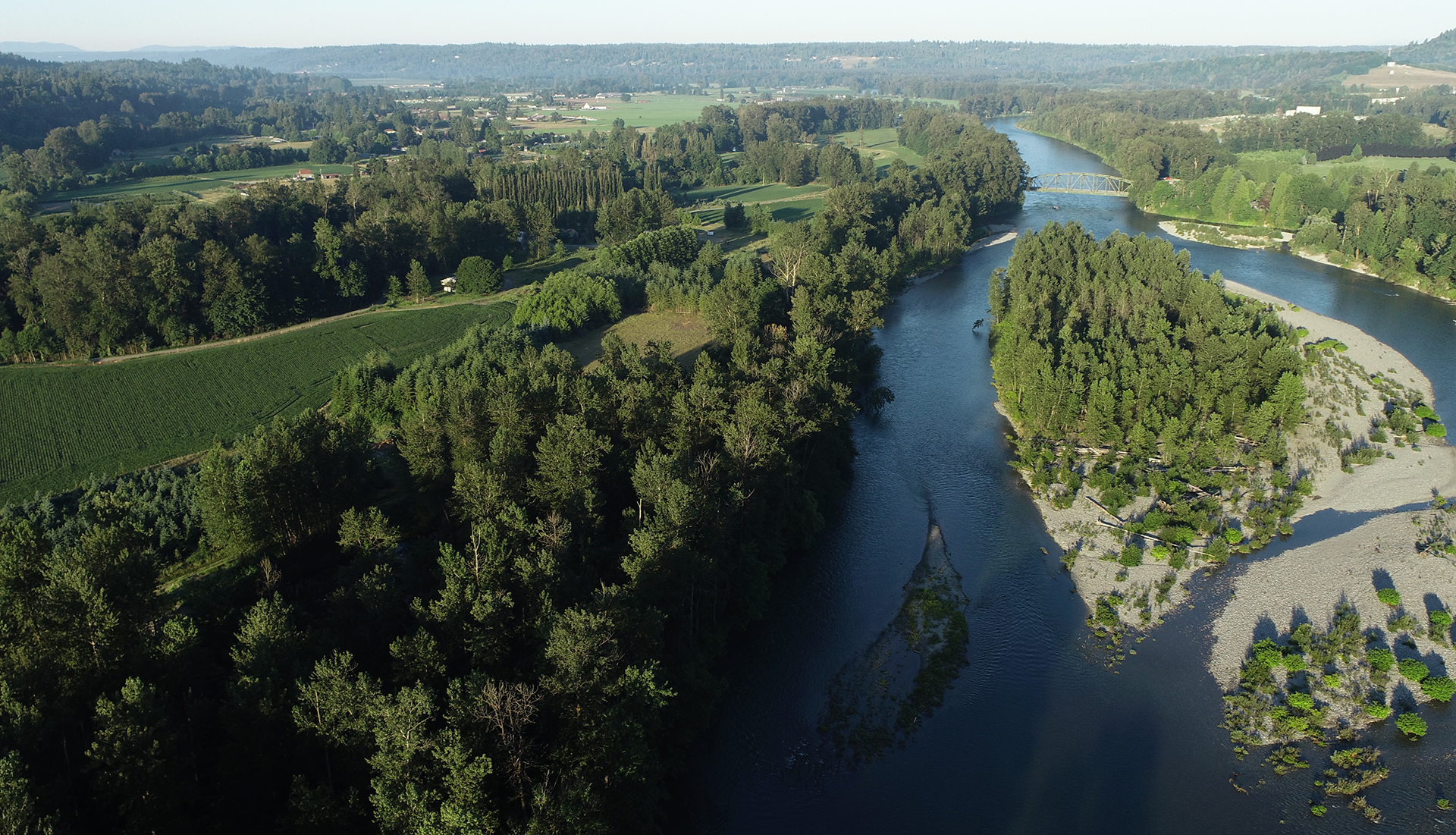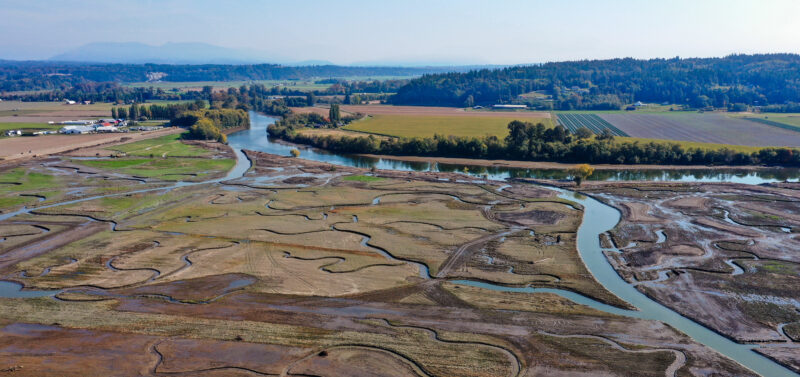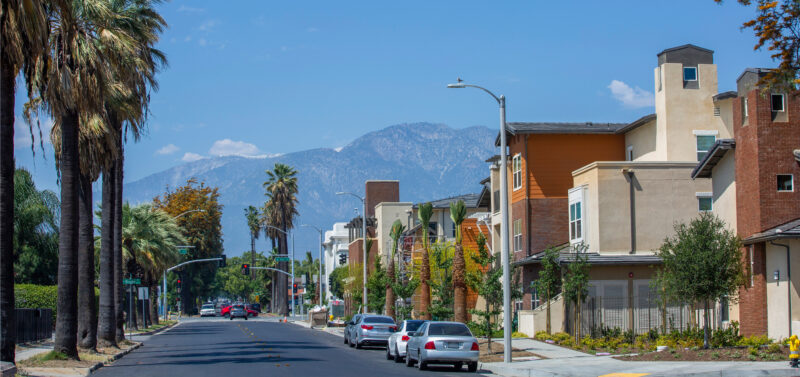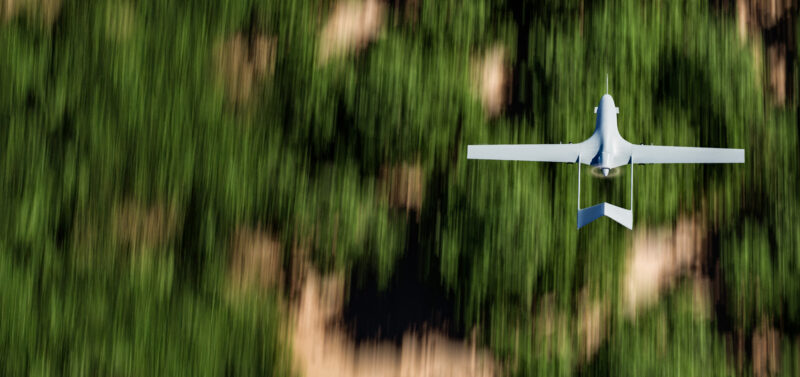The commercial drone package delivery sector is growing rapidly, with multiple operators looking to gain...

Statewide Riparian Assessment System
The Washington State Department of Fish and Wildlife (WDFW) is responsible for protecting and restoring riparian areas, which are crucial for the health of ecosystems. Specifically, they focus on maintaining ecological functions like bank stability, shade, pollution filtration, and habitat for fish and wildlife. Through the riparian proviso, WDFW is tasked with evaluating current riparian conditions across Washington to identify gaps in vegetated cover and their impact on water temperature, fish passage barriers, and salmonid stock health.
Why does this project matter?
This riparian assessment project is critical because riparian ecosystems are vital for maintaining water quality, supporting biodiversity, and providing habitat for key species like salmon. By evaluating the current conditions, WDFW aims to identify gaps in vegetative cover and address factors like water temperature impairments, fish passage barriers, and the health of salmonid stocks. This data will inform and help resource managers, scientists, and planners identify and prioritize restoration activities at the reach level, enabling active work towards ensuring these ecosystems function properly, which is essential for the recovery of endangered species and maintaining ecological health across Washington.
What is ESA doing to help?
ESA is working closely with WDFW policy and technical staff to develop a decision-support tool using high-resolution land cover data to convey the current extent of vegetated riparian ecosystems in combination with natural resource and land use datasets statewide. This application is designed to enable analysis of vegetated and unvegetated areas of riparian ecosystems relative to 1) aquatic areas supporting salmon and steelhead stocks, 2) aquatic areas with water temperature impairment, and 3) the location of fish passage barriers. The goal is to support the identification and prioritization of riparian restoration activities across the state.
Phase I of ESA’s work focused on coordination with various WDFW program staff and outside agencies to gather requirements and data to inform a system architecture and working prototypes for navigation, visualization, and summarization of data. This work included building out the initial database structure along with automated pipelines for ingesting datasets. This work provided the requirements, roadmap, and engagement plan needed to inform system development.
Since 2023, ESA has been working with WDFW on Phase II to broaden the outreach and engagement to Tribal resource managers, policy-makers, scientists, and planners across the state including members from the Recreation and Conservation Office, State Conservation Commission, Lead Entities, and Conservation Districts. In 2024, building off of the work in Phase I, the team began development of the Statewide Riparian Data Engine, a custom spatially-based decision support platform that includes a set of tools for searching, filtering and summarizing key datasets at multiple scales. The team is working towards an internal release of the system for WDFW staff in 2025, and a public-facing version of the tool in the next biennium (2025-2027).
Connect with our team

News & Ideas
ESA is leading dozens of restoration projects across the Pacific Northwest, in collaboration with tribes...
This new framework marks a significant change in how historic resources are considered during environmental...
Drones are reshaping industries from infrastructure, to agriculture, to emergency response—and the FAA's proposed new...
With the shutdown behind us, federal agencies and Congress are shifting back into gear and...
Kay will lead ESA’s firmwide growth strategy, aligning business development, client engagement, and marketing to...







